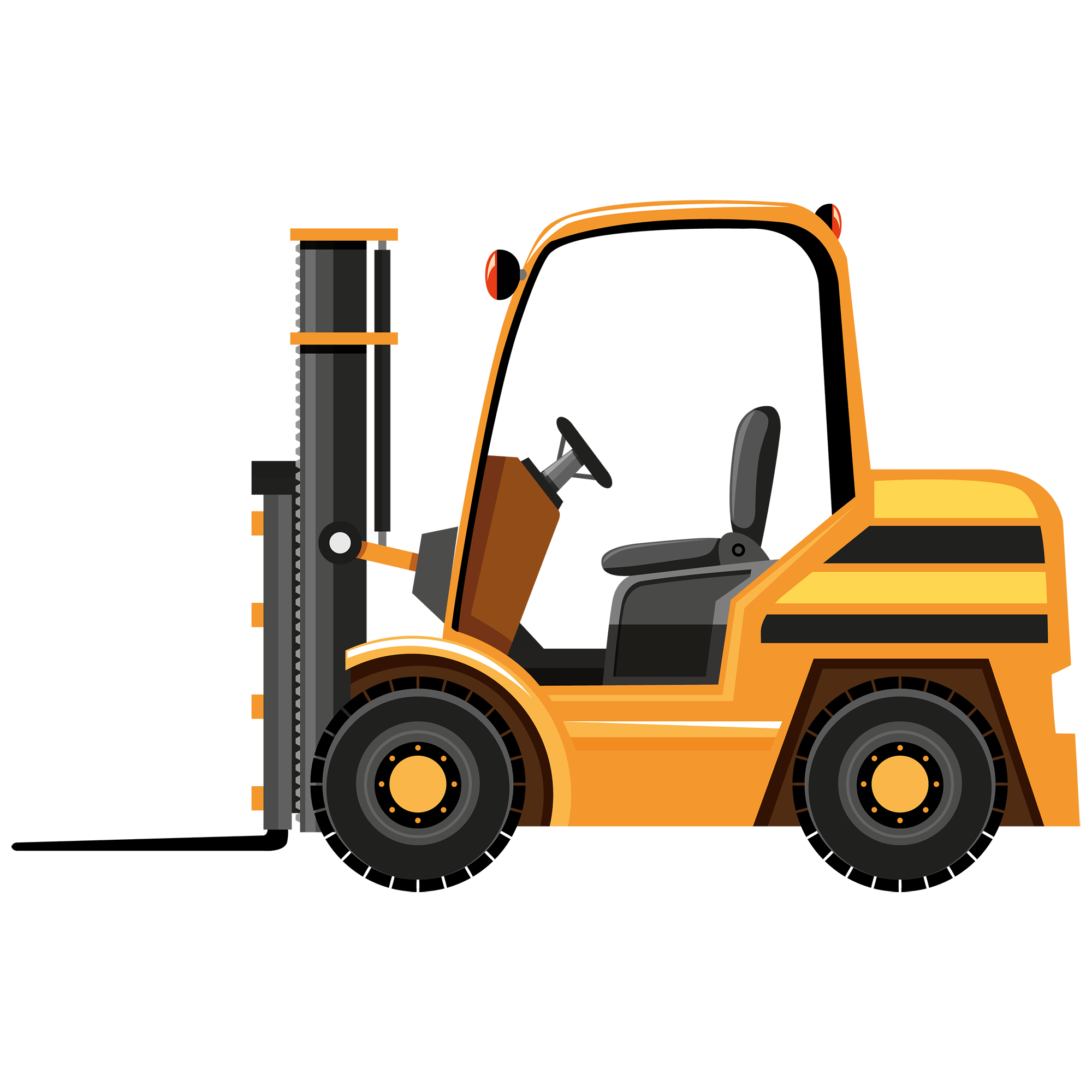Forklifts play a crucial role in many industries, from manufacturing and warehousing to construction and logistics. If your business requires the occasional use of forklifts, renting can be a cost-effective solution. In this guide, we’ll walk you through the steps to choose the right forklift rental service that suits your specific business requirements.
1. Assess Your Forklift Needs
Before you start your search for a forklift rental service, carefully assess your needs. Consider factors like the type of materials you’ll be handling, the required lifting capacity, the height you need to reach, and the working environment. Understanding your specific requirements is the foundation of choosing the right forklift.
2. Research Local Forklift Rental Companies
Identify and research local forklift rental companies. Look for providers with a solid reputation, positive customer reviews, and a range of forklift options. You can find these companies through online searches, business directories, or by asking for recommendations from industry peers.
3. Verify Licensing and Insurance
Ensure that the forklift rental company has the necessary licenses and certifications to operate in your area. Additionally, inquire about their insurance coverage, and clarify whether it covers potential damages or accidents involving the rented forklift.
4. Check Forklift Maintenance and Safety Records
Ask about the maintenance and safety records of the forklifts available for rent. Well-maintained forklifts are less likely to encounter breakdowns or accidents, ensuring a smoother operation and reducing downtime.
5. Rental Terms and Costs
Review the rental terms and costs in detail. Pay attention to factors such as rental duration, rates (hourly, daily, weekly, or monthly), and any additional fees, such as delivery charges or fuel costs. Ensure that the rental terms align with your project timelines and budget.
6. Inspect the Forklift Before Rental
Before accepting a rented forklift, thoroughly inspect it for any existing damages or issues. Note these in the rental agreement to avoid disputes upon return. Ensure that all safety features, including lights, brakes, and horn, are in working order.
7. Operator Training and Certification
If your business lacks certified forklift operators, inquire whether the rental company provides operator training or can recommend certified operators. Safety is paramount when operating forklifts.
8. Consider the Rental Period
Determine the most suitable rental period for your project. Some rental companies offer flexible options, while others may have minimum rental durations. Choose a rental period that aligns with your needs and avoids unnecessary costs.
9. Plan for Transport and Storage
If you’re renting forklifts for off-site projects, plan for their transportation to and from your worksite. Ensure that you have adequate storage space when the forklifts are not in use to protect them from the elements.
10. Return the Forklift in Good Condition
When your rental period ends, return the forklift in the same condition it was rented. Clean it, remove any debris, and ensure that it’s in working order. This will help you avoid additional charges.
11. Seek Feedback and Evaluate
After your rental experience, provide feedback to the rental company. Share your thoughts on the equipment’s condition, their service, and any suggestions for improvement. Your feedback can help them enhance their offerings.
Conclusion
Renting a forklift can be a practical and cost-effective solution for businesses that need occasional lifting and material handling capabilities. By assessing your needs, researching rental companies, and paying attention to crucial factors such as licensing, maintenance, safety, and costs, you can select the right forklift rental service that aligns with your business goals and ensures efficient and safe operations.


